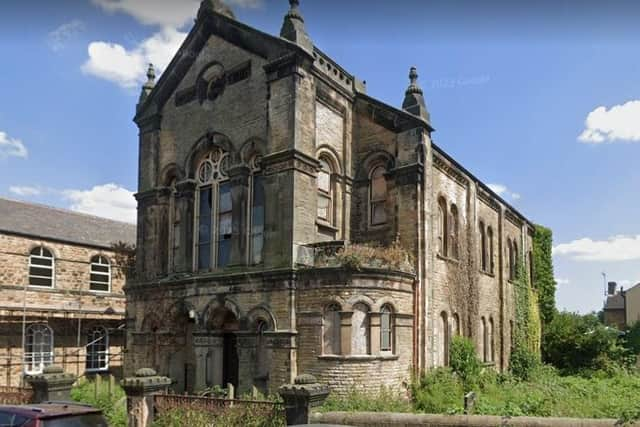Plans to convert Grade II-listed Victorian church in Yorkshire into flats set to be refused
The council’s planning and highways committee is being recommended to turn down the application for Woodhouse Trinity Methodist Church on Chapel Street. A report to the committee meeting tomorrow (July 18) says: “The local planning authority consider that the proposed development, involving the near total removal of the interior and excessive degree of subdivision, would detract from the special architectural and historic interest” of the building.
DLP Planning Ltd, working on behalf of applicant Barry Moss, said that the space would be divided into four one-bedroom apartments on the ground floor and four two-bedroom apartments on the first floor and a new mezzanine level. Land to the west of the bulding would be used to create parking spaces.
Advertisement
Hide AdAdvertisement
Hide AdThe committee report says that hard surfacing of the land next to the church for parking and ancillary buildings would harm the setting of the listed building. It could also have a harmful affect on buried archaeology there.


The report notes: “Despite the local planning authority trying to work with the applicant in a positive and proactive manner it was not possible to reach an agreed solution in negotiations.”
The application has attracted local comment both for and against. The three Woodhouse ward councillors support the proposal, providing it includes one and two-bedroom apartments, a view which is also backed by a 95-name petition.
One supporter’s letter says: “Whilst fully supportive of a conversion that would be sympathetic to the building and its environment, time is of the essence. The longer the building is allowed to deteriorate, the more likely it will become a health and safety problem and a target for anti-social behaviour.”
Advertisement
Hide AdAdvertisement
Hide AdOne objector states: “Such a beautiful historic building should be restored and preserved. If it is allowed to be changed inside there is something wrong.”
A Wesleyan chapel on the site dates back to 1815. It was replaced by the current building, which opened in April 1879, with seating for 572 worshippers. Later on, different Methodist churches merged.
The congregation moved to the schoolhouse next door in 1995 and the current owners bought the building in 2011, according to documents submitted by the developers.